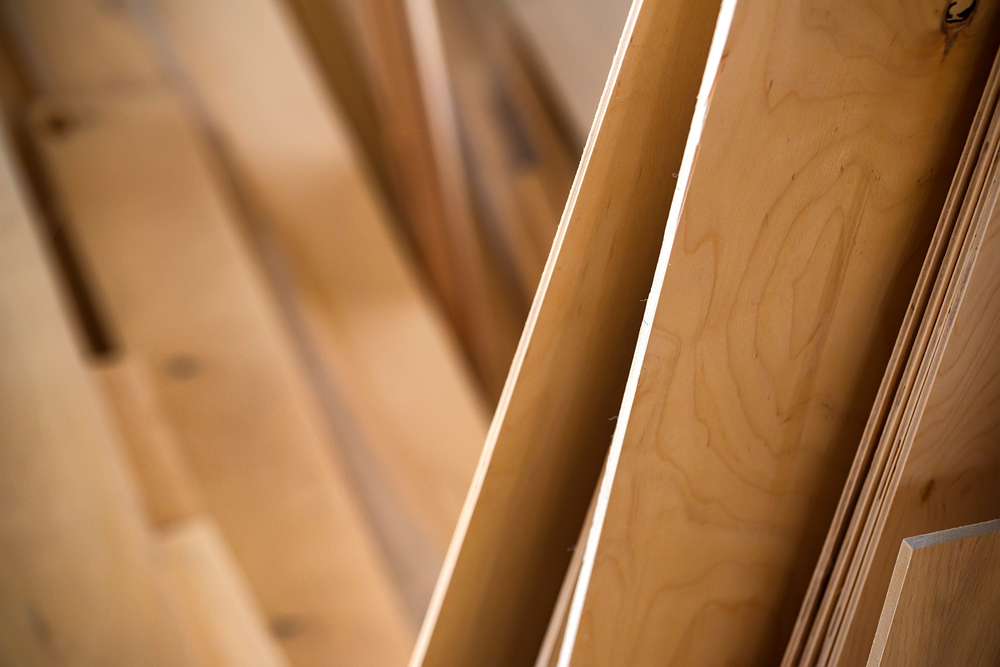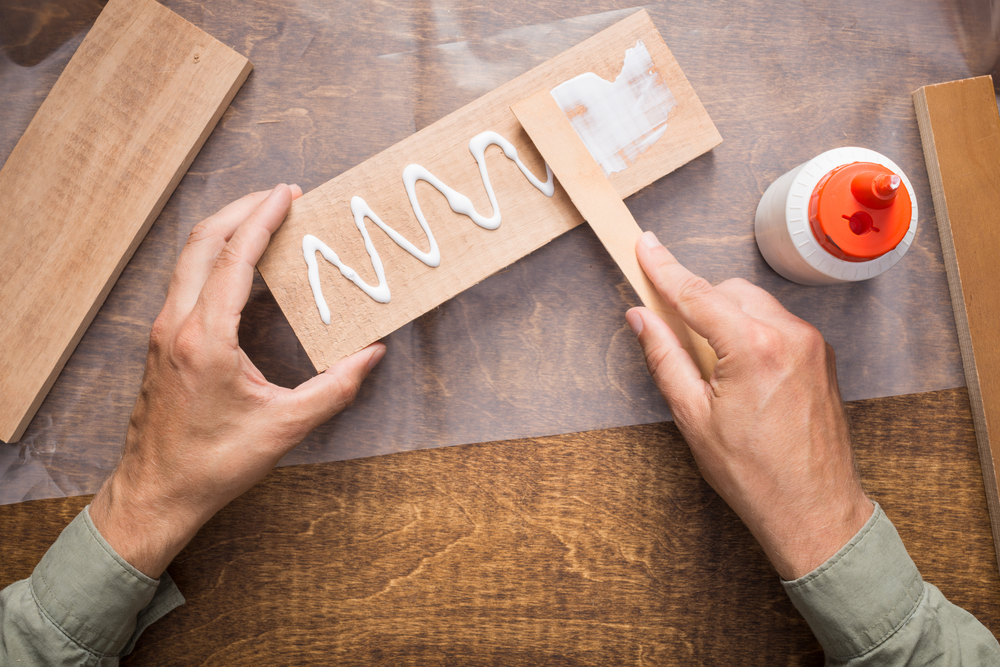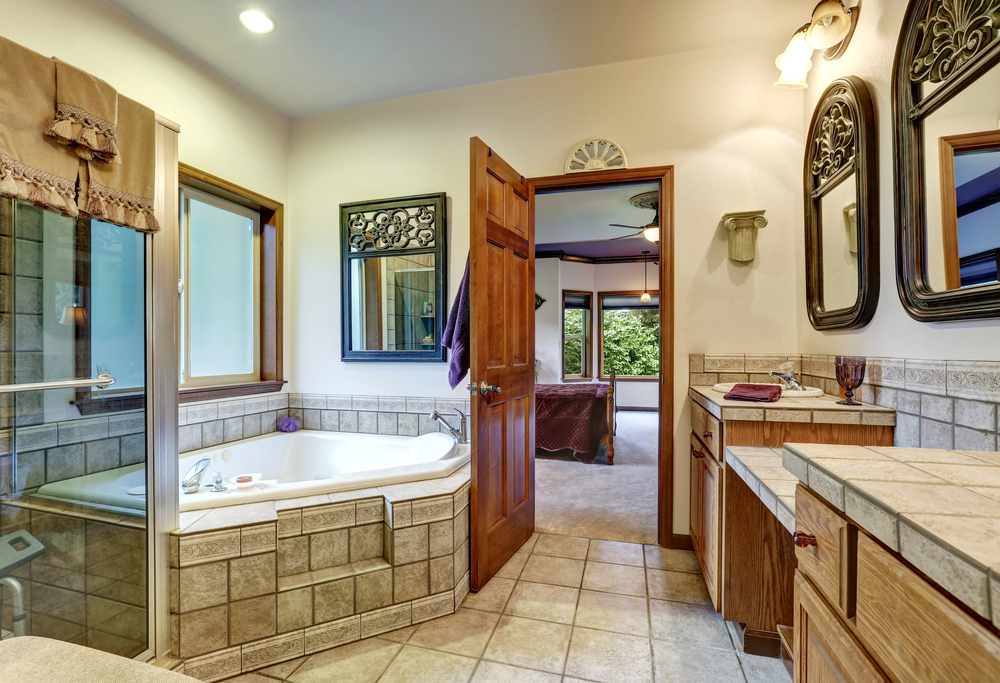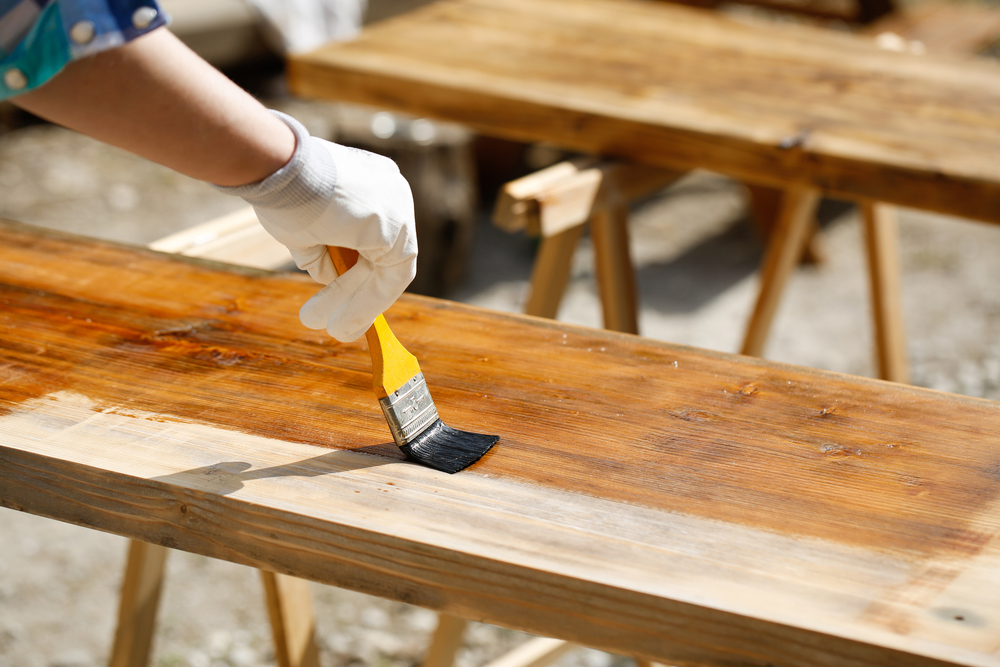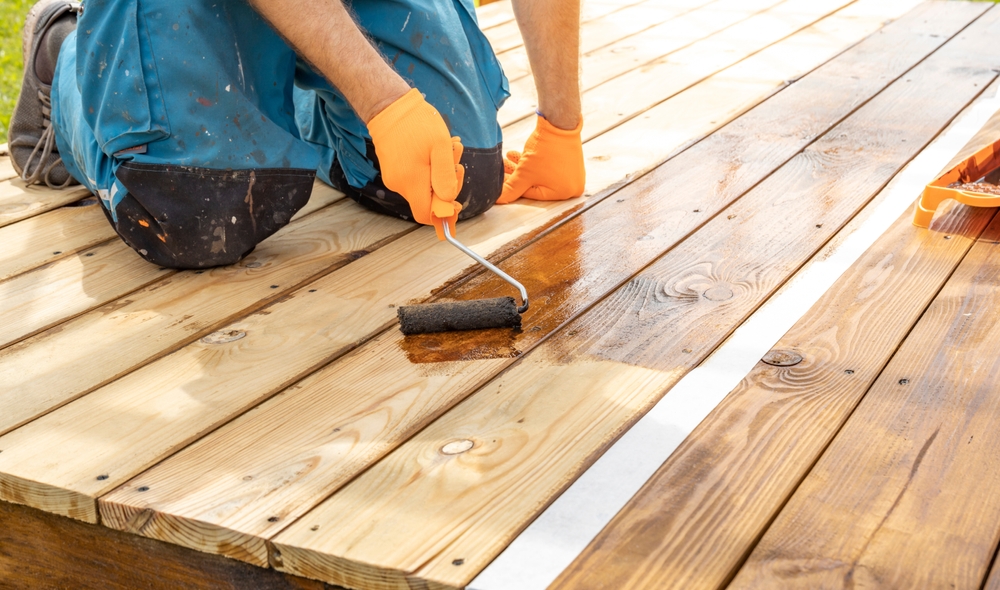T1-11 Siding 4×8: A Comprehensive Guide
T1-11 siding is a popular choice in construction, especially for sheds, barns, and other outbuildings. The 4×8 variety refers to the dimensions of each panel, making it a versatile option for many structures. This siding offers both aesthetic appeal and functional benefits.
Understanding T1-11 Siding
T1-11 siding is classified as either wood or engineered panels. It’s crafted with grooves that give the appearance of a series of boards. The two main types of T1-11 siding are plywood and oriented strand board (OSB). Plywood T1-11 is made from thin layers of wood glued together, while OSB is made from wood strands bonded with adhesives.
T1-11 Plywood Siding
Plywood T1-11 siding is known for its durability and strength. It’s made from high-grade layers of wood, making it sturdy. The surface often has a natural wood grain appearance, which can be appealing in rural or rustic settings. It also resists impact better than OSB siding.
T1-11 OSB Siding
Oriented Strand Board (OSB) T1-11 is an alternative to plywood. It’s usually less expensive and made from recycled wood strands. OSB is denser than plywood, providing a flat surface. However, it doesn’t have the same natural wood appearance as plywood. Choosing between plywood and OSB depends on budget and aesthetic preferences.
Applications of T1-11 Siding
Commonly used for sheds, barns, and garages, T1-11 siding is suitable for exterior walls. Its consistent surface makes it easy to paint or stain. Homeowners often use it in situations where a rustic look is desired. The material is also utilized in constructing garden houses and workshops.
Installation Process
Installing T1-11 siding is a straightforward process. Begin by ensuring the surface is level and free of existing damage. Panels are typically nailed in place. It’s crucial to use galvanized nails to prevent rust over time. Each panel should overlap slightly, which helps in protecting against rain penetration.
During installation, start from the bottom of the structure and work upwards. Make sure to align grooves and carefully seal around windows and doors. This prevents moisture infiltration. Once in place, you can paint or stain the siding to provide an additional layer of protection and enhance its appearance.
Maintenance and Care
Regular maintenance is vital for preserving T1-11 siding. Inspect the surface annually for any signs of wear or damage. Repaint or restain every few years to protect against UV rays and moisture. Regular cleaning helps remove dirt and mildew, keeping the siding looking fresh.
When repairing, replace any damaged panels promptly to prevent further issues. Check the caulking around edges and panels regularly, ensuring it’s intact. Proper maintenance extends the life of the siding, saving money in the long run.
Advantages of T1-11 Siding
This siding is affordable compared to other materials. It’s easy to work with due to its manageable size and weight. The visible wooden texture adds charm to structures, creating a homely look. Its ease of installation is appealing to DIY enthusiasts.
Disadvantages to Consider
Despite many benefits, there are drawbacks. T1-11 siding is more prone to moisture damage if not maintained diligently. Plywood can delaminate if it frequently gets wet. Its maintenance demands are higher than other siding alternatives like vinyl.
Cost Analysis
The cost of T1-11 siding varies depending on material and location. Plywood panels are generally more costly than OSB. Prices also fluctuate based on market demand and availability. Including labor, the total cost remains budget-friendly compared to alternative materials.
Comparing T1-11 with Other Sidings
- Vinyl Siding: Vinyl requires less maintenance but lacks the wood texture.
- Hardie Board: This fiber cement siding provides more durability but is more expensive.
- Metal Siding: Offers excellent resistance to elements but at a higher upfront cost.
Each material offers different benefits suited to various needs and preferences. Consider factors such as climate, aesthetic preference, and budget when choosing siding.
Environmental Considerations
T1-11 siding, especially the OSB variety, uses recycled wood materials, making it more sustainable. However, the production processes for glues and adhesives can have environmental implications. Consider treatment methods and finishes for eco-friendly options.
Final Thoughts on T1-11 Siding
Choosing T1-11 siding depends on individual needs and priorities. Its affordability and ease of installation make it popular. However, it demands regular maintenance to stay in prime condition. This siding fosters a rustic charm, embraces a realistic wood texture, and suits various building projects efficiently.

